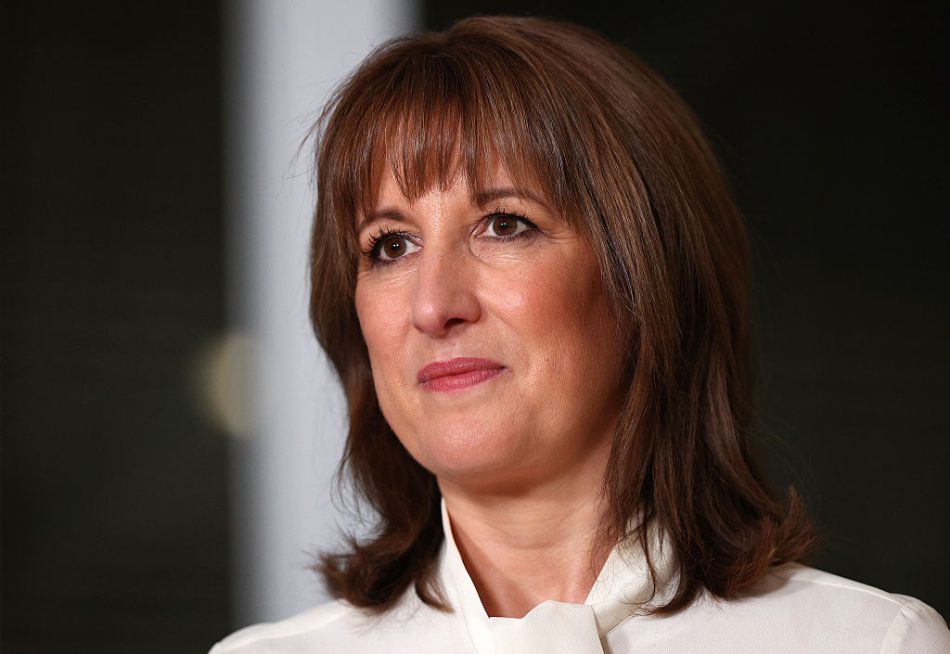The latest book from Tracy Chevalier, author of 11 novels, including the bestselling Girl with a Pearl Earring, tells the captivating story of Orsola Rosso, whom we first encounter in 1486 as a young girl on Murano, the glassmakers’ island in the Venetian lagoon. Within a few pages, her father, the maestro at the family’s workshop, is dramatically killed by a shard of glass flying ‘like a hot dart straight into his neck’. Orsola’s lazy, impetuous brother Marco, less skilful than their father, must take over, but orders soon begin to dwindle. How will Orsola help her family recover and prosper?
Glassmaking is traditionally a male concern, but the girl finds her way into it thanks to Maria Barovier, the real-life inventor of Rosetta beads, who, in the novel, advises Orsola to diversify into glass beads: ‘They are inconsequential, and women can make them because of that. No man will be threatened by you making beads.’ Dismissed by Marco as escrementi di coniglio (rabbit droppings), Orsola’s beads foster creativity, agency and money. They become a lifeline. As Orsola struggles to master her craft, we watch her navigate the shifting dynamics of family life, pursue professional connections, enjoy burgeoning friendships and fall in love. She becomes entangled with colourful characters, such as the handsome fisherman Antonio, Domenego, an enslaved gondolier, and the German merchant Klingenberg, whose daughter, Klara, will keep an important secret for Orsola.
The Glassmaker begins at the height of the Renaissance and ends in the present day, all the while remaining with Orsola, who has merely reached her late sixties at its close. Chevalier playfully asks her readers to imagine that ‘time alla Veneziana’ moves much more slowly than on the mainland; in each of the novel’s eight parts we jump forward a few years in Orsola’s life (and the lives of her companions) while skipping through a century or so in the wider world.
This device allows Chevalier to take us from the Renaissance to the coming of trains and motorboats and to show us the acqua granda flood of 1966 and – briefly – Covid. She includes cameos from Napoleon’s wife, Josephine – for whom Orsola is commissioned to create a necklace; Casanova – whose charms nearly bankrupt the family; and the Marchesa Luisa Casati, whose drugged pet cheetahs inspire a new range of goblets.
There is no danger of getting lost in the whirl of years, because Chevalier skilfully marries this sweeping vista to close attention to detail – informed by taking lessons in rowing a gondola and working with glass. As the storms of history surge about us, we stay rooted in Murano, sitting beside Orsola at her lamplit table, suffering the stench of the tallow flame, the frustration of using rods to roll molten glass into perfect spheres, and the challenge of finding inspiration for new designs. The Glassmaker is a spectacular feat, crafted by a maestra at the top of her game.








Comments